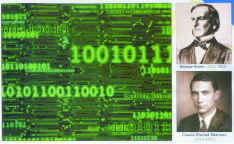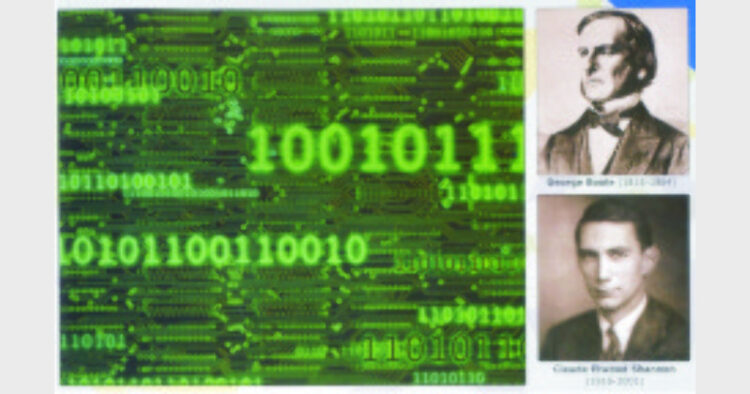 The Indian scholar Pingala (Circa 5th—2nd centuries BC) developed mathematical concepts for describing poetry, and presented the first known description of a binary numeral system. He used binary numbers in the form of short and long syllables( long syllables is equal to two short syllables), making it similar to Morse code.
The Indian scholar Pingala (Circa 5th—2nd centuries BC) developed mathematical concepts for describing poetry, and presented the first known description of a binary numeral system. He used binary numbers in the form of short and long syllables( long syllables is equal to two short syllables), making it similar to Morse code.
The conceptual binary number system was formulated by Gottfried Leibniz in 1679. Leibniz’s system uses 0 and 1, like the modern binary numeral system. In 1854, British mathematician George Boole published a landmark paper detailing an algebraic system of logic that is now known as Boolean algebra. Boolean algebra became instrumental in the design of digital electronic circuitry.
Since binary is a base-2 system, each digit represents an increasing power of 2, with the rightmost digit representing 20, the next representing 21, then 22 and so on. To determine the decimal representation of a binary number simply take the sum of the products of the binary digits and the powers of 2 which they represent.
Addition, subtraction, multiplication, and division can be performed on binary numerals.
Binary is easily converted to and from octal numeral system, since octal uses a radix of 8, which is a power of two (23, so it takes exactly three binary digits to represent an octal digit). Binary may be converted to and from hexadecimal numeral system, since hexadecimal uses a radix of 16, which is a power of 2 (24, so it takes exactly four binary digits to represent a hexadecimal digit).
Binary numbers form the basis for the operation of computers. Although it is said that Binary numbers were discovered by German mathematician Gottfried Leibniz in 1679 new evidence proves that binary numbers were used in India prior to second century BC.
The binary numeral system, or base-2 number system, represents numeric values using two symbols, 0 and 1. Because of its straightforward implementation in digital electronic circuitry using logic gates, the binary system is used by all modern computers.
Claude Elwood Shannon, American mathematician and electronic engineer, formulated digital circuit theory based on binary numbers.





![A Representative image [ANI Photo]](https://organiser.org/wp-content/uploads/2025/12/representative-image-e1765612818961-120x70.webp)







Comments